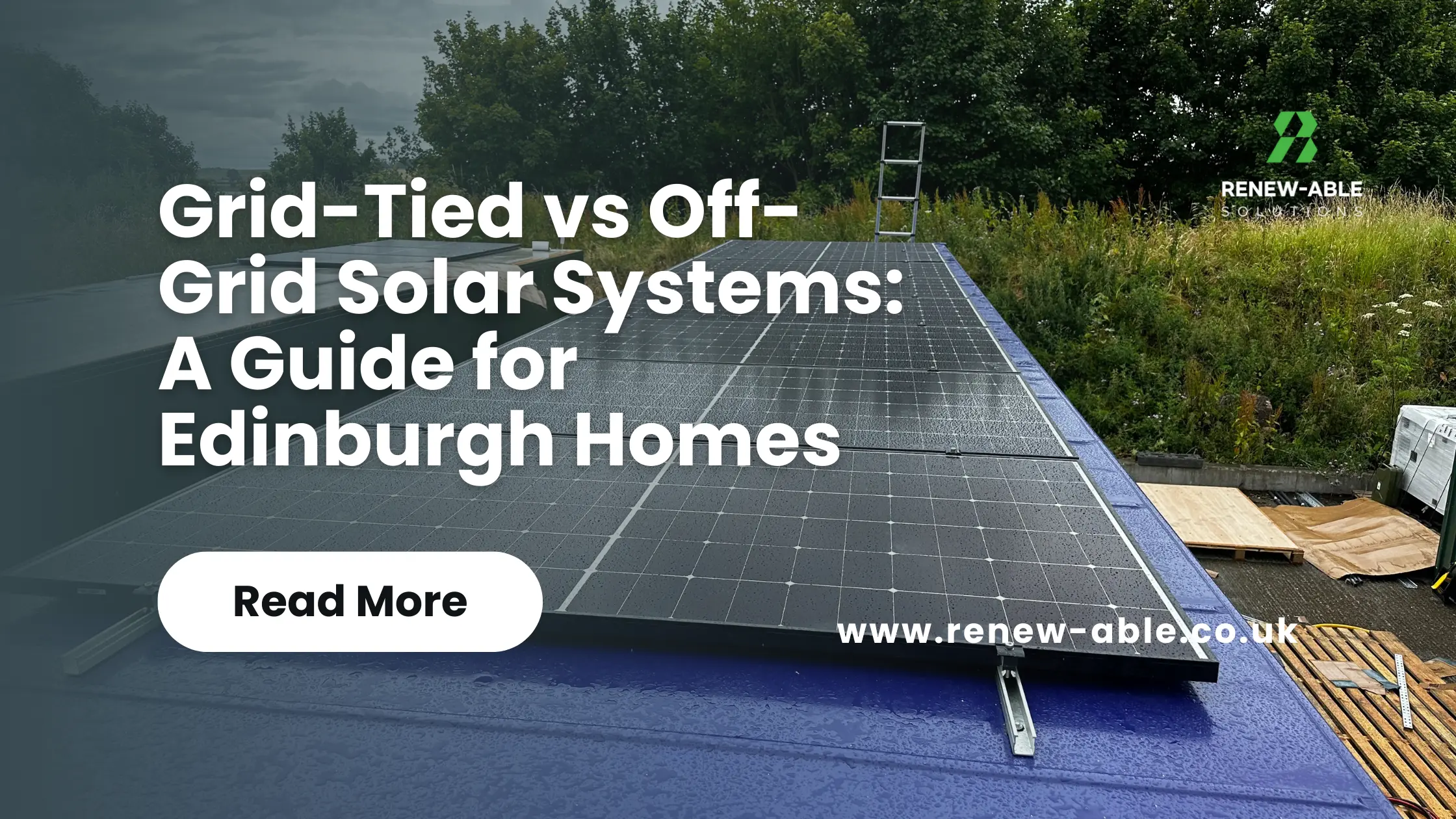Looking to add home battery either to an existing solar install or to a new one then there is some new regulations that both home owners and installers need to be aware of.
PAS 63100:2024 – What is it and how does it impact installing batteries in domestic settings.
What is PAS 63100:2024 – Protection against fire of battery energy storage systems about?
Electrical battery energy storage systems (BESS) are a key part of domestic renewable energy systems and it’s expected there will be a sharp rise in the number of systems being installed in homes.
To help installers manage the fire related hazards associated with BESS, PAS 63100:2024 covers requirements for fire-safe installations.
Who is PAS 63100:2024 – Protection against fire of battery energy storage systems for?
- Suitably competent designers and installers of BESS that forms part of electrical installations; for dwellings and similar simple electrical installations;
- manufacturers of products forming part of the installed BESS; and
- bodies providing independent certification of products, design and installation of BESS.
What does PAS 63100:2024 – Protection against fire of battery energy storage systems cover?
PAS 63100:2024 specifies requirements for fire safety in the installation of small-scale electrical battery energy storage systems (BESS) in domestic dwellings using stationary secondary batteries as the medium for energy storage.
PAS 63100:2024 defines fire safety requirements for the installation of BESS components including:
- physical requirements for battery units;
- battery management;
- power conversion equipment (PCE); and
- fault management and fail-to-safe operation of all control and monitoring functions.
PAS 63100:2024 also covers installation requirements for:
- installation location in respect of safety and external influences that affect fire safety; and
- protection against fire.
The PAS does not cover:
- battery systems with nominal voltages on the AC and/or DC side exceeding low voltage as defined in BS 7671;
- secondary batteries with total capacity not exceeding 150 Wh incorporated into products or systems that are the subject of harmonized or designated standards (e.g. intruder alarm systems, carbon monoxide alarm systems, fire detection and alarm systems, pluggable uninterruptible power systems, portable appliances, audio/video and information technology equipment);
- domestic dwellings exceeding 200 m2 in floor area;
- transportation of batteries;
- systems incorporating second life batteries;
- BESS that use alternative forms of energy storage;
- BESS in high-risk residential buildings; and
- BESS connected before a distributor’s cut-out or a consumer’s meter (collective PEI).
Why should you use PAS 63100:2024 – Protection against fire of battery energy storage systems?
- The provisions in PAS 63100:2024 are intended to reduce the risk of batteries in dwellings becoming a source of ignition, and to limit the impact of a battery fire if one occurs. It helps installers manage the fire safety related hazards associated with electrical energy (battery) storage systems in homes in the UK.
- It helps installers develop their expertise and commitment to safety. This can enhance the installers’ reputation in the eyes of customers.
- A sharp rise is expected in the number of systems being installed. PAS 63100:2024 can help set a robust fire safety benchmark for small scale battery storage installations, increasing user confidence that systems will be safe and will function reliably, effectively and efficiently.
- Environmental protection. PAS 63100:2024 can helping maximize the effectiveness of renewable energy technologies such as solar photovoltaic (PV) systems. This in turn contributes to climate mitigation.
- New markets. By supplying a nationally agreed specification for fire safety in the installation of BESS in domestic dwellings, PAS 63100:2024 can help installers enter new markets.
- Risk mitigation. It can help strengthen risk management in association with the use of electrical battery energy storage systems in homes.
In layman’s terms what does this mean for me?
It means that installing batteries in attics or where there is a risk of blocking a fire escape should there be a fire is. big no no. Since 2019 Renew-able Solutions have never installed batteries in an attic or under a stair. Despite LiFePo4 (LFP) being the safest battery you can install we do not and have never felt that installing something that has the potential to go on fire in an area that could endanger lives so we welcome this new regulation.








